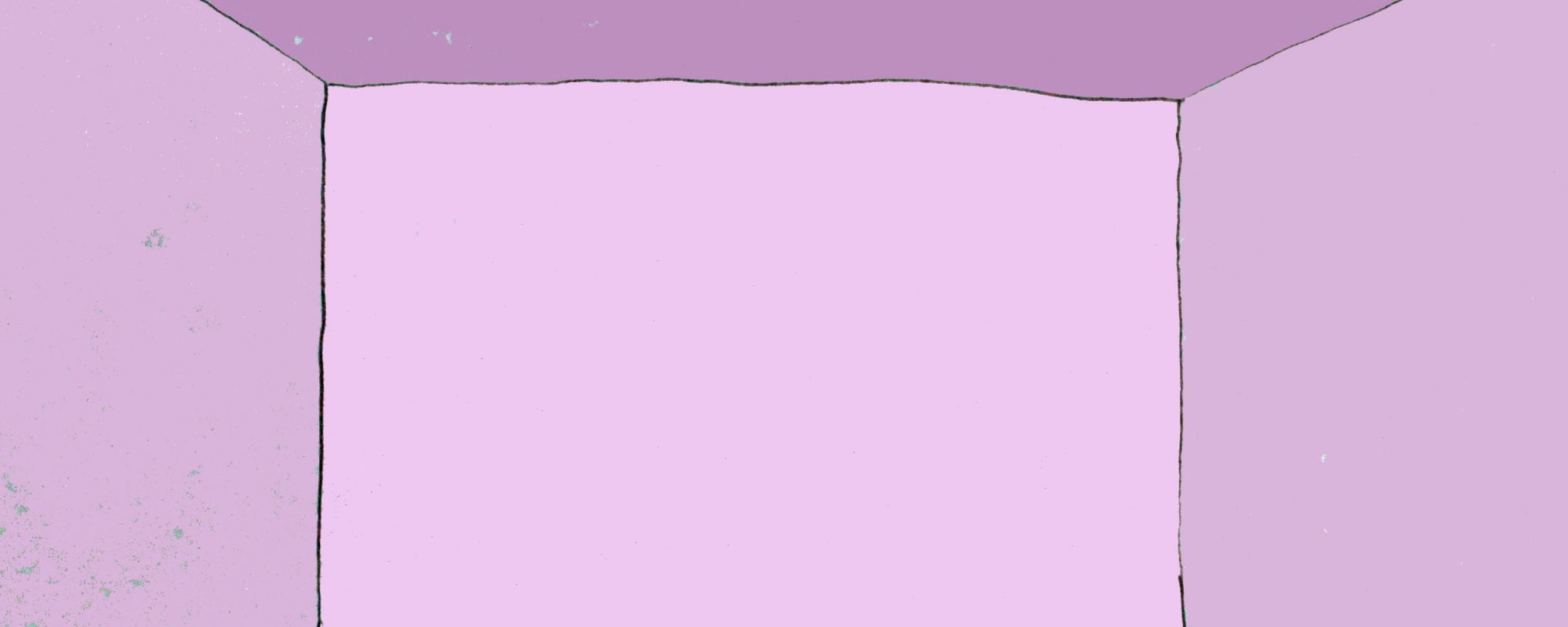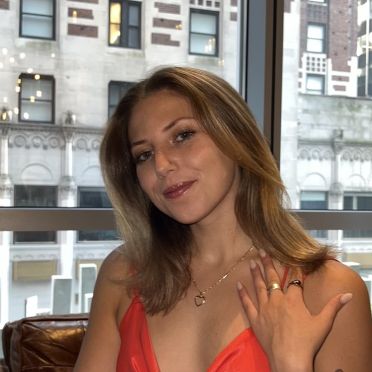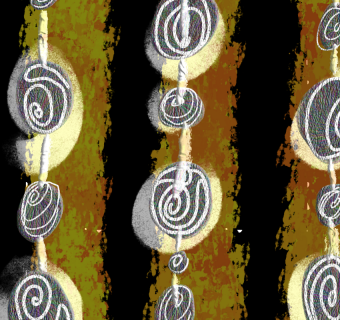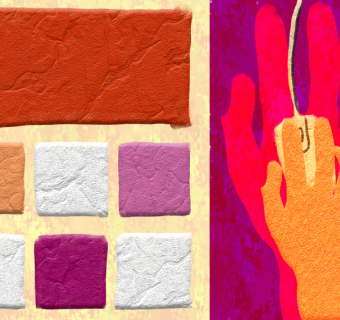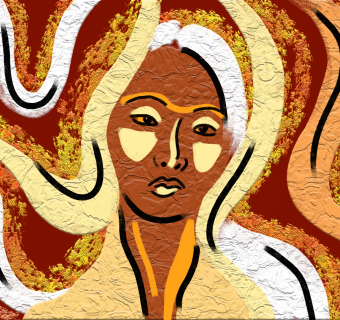I’ve never really been one to appreciate change. At least, that's the label that I’ve upheld since childhood. I can still hear my dad saying, “Yeah, Addie really doesn’t like change,” explaining away the weird quirks I refused to let go of.
I was a weird kid. Like, next level weird. I lived with my nose inside a book, collected sock monkeys (retrospectively the creepiest toys ever), refused to get haircuts, and was convinced that I was going to be a marine biologist who could speak to sea life. For Halloween in fifth grade I was a ‘manatee supporter’ and handed out informational pamphlets to my peers and trick-or-treaters about how we could take action to get manatees off of the endangered species list. I wish I were kidding. (Side note—as of 2019 manatees are indeed off of the endangered species list, and I’m pretty sure my childhood advocacy work had something to do with it. Just saying.)
Anyway, I was unconsciously convinced that “quirks” were synonymous with “self-identity,” so I kept up my strange little routines for as long as I could, attempting to live up to the identity of a “change hater,” and consequently feeling like a failure when they started to slip away. PSA for future/current parents: be careful what labels you give to your kids. They’re probably listening.
I could write about how I lost the spring of my first year of college to an evil virus. Or I could write about how I didn’t get to say goodbye to the girls I lived with that I met only seven months ago, but whom I know will be in my wedding party one day. But instead I’m going to write about the four purple walls of my childhood bedroom.
Flash forward a solid nine years after the peak of my (first) self-identity crisis, and I am home from my first-year of college, sitting at the same counter where I used to drink a cup of tea every night at 9:15 pm while I forced myself to read at least 32 pages of whatever novel I was lost in. Because anything less than 30 pages doesn’t count as progress, and just reading 30 pages looks like I’m trying too hard to be precise. Obviously. Anyway, here I am, home because of the most unforeseen instigator of change that any of us remember—COVID-19. I could write about how I lost the spring of my first year of college to an evil virus. Or I could write about how I didn’t get to say goodbye to the girls I lived with that I met only seven months ago, but whom I know will be in my wedding party one day. But instead I’m going to write about the four purple walls of my childhood bedroom.
The thing I like about COVID-19—bear with me—is that it is completely non-discriminatory. It brought a world of individuals together, forcing everyone to unite against a common enemy. The theorist inside of me thinks that this whole thing was for a reason. The universe saw us essentially losing control via war threats, inequities of all kinds, narcissistic leaders, global warming, and so much more—so she decided to press the restart button. Not “restart” like “kill everyone off,” but “restart” as in force us to see the strength that we possess when we come together as one. Can we unite to protect those most susceptible to the coronavirus? Do we possess the ability to think outside of ourselves for long enough to make a change? Are we fight or flight as a species? The answer is we are fight. And we put up the strongest fight when we are an army of 7-billion against one. Come on now, this is some novel-like material. This is a lesson. It has to be.
I digress. While the world stocked up on toilet paper, and the University of Virginia attempted to figure out how to put a college experience online, I decided to lose my mind for a couple days mourning the loss of my little life in Charlottesville. After reminding myself that people were literally dying, I decided to pull it together. So, I renovated my childhood room.
I also decided that the purple walls that I had begged for when I was eight had to go.
Eleven-year-old me had a heart-attack as I rearranged my furniture, gave away 75% of my clothes, and put my sock monkeys into hiding. I also decided that the purple walls that I had begged for when I was eight had to go.
Painting the walls a very mature/boring whitish gray color, I pulled down a poster and saw a huge sketch of a manatee. I had a good laugh but then got stuck on the thought of painting over it. Not because I didn’t want to paint over it, but because I was so willing to instigate change, to let go of the old.
I know what you’re thinking—the world is suffering from a pandemic and this girl is over here writing about the walls of her childhood room. But as my walls went from purple to gray, I was hit with the realization that I don’t hate change anymore. In fact, it excites me.
And this ability to accept, adapt, and appreciate growth is not just within me; it's within all of us. COVID-19 made me want to change my purple walls, something I never thought I would want to do. We were flailing, and the universe spoke. Sure, she spoke in the form of a scary pandemic, but what else besides fear would make us come together as one and create change? Purple walls, global warming, sock monkeys, narcissism. We can change if we want to, and sometimes it might take a pandemic to make us all want to.

